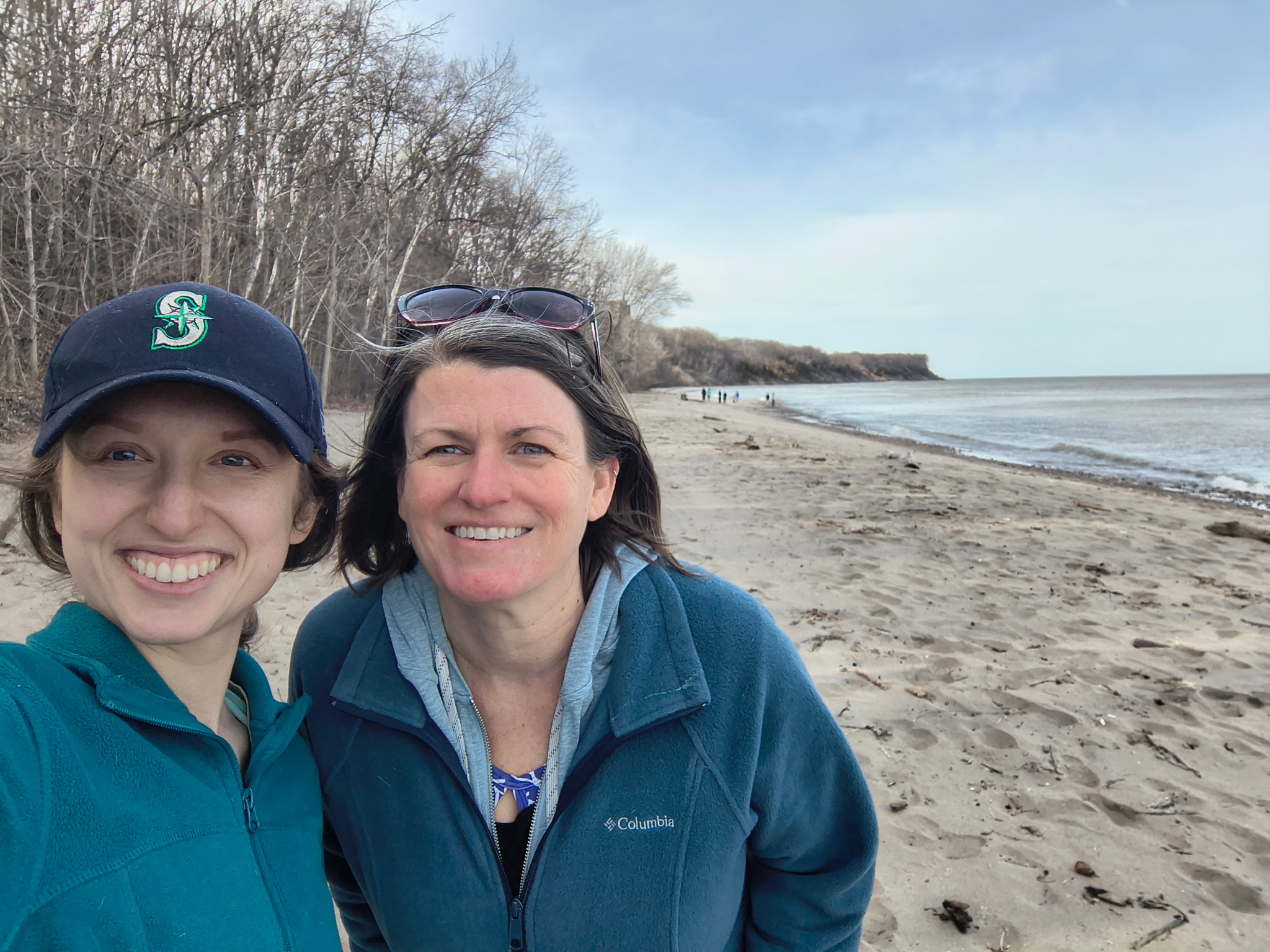A website (stlouisriverestuary.org) that blends personal stories with scientific information about the St. Louis River Estuary in Minnesota and Wisconsin earned an Outstanding Programming Award from the Great Lakes Sea Grant Network. The award was presented to Sea Grant staff from Minnesota and Wisconsin last week during the Great Lakes Sea Grant Network Conference in Burlington, Vt.
“Although the website project was led by Wisconsin and Minnesota Sea Grant-funded researchers, many local partners in both states helped develop it,” said David Hart, assistant director for extension with Wisconsin Sea Grant.
The site was recognized for its unique combination of science and storytelling, and tools that help educators, students, natural resource managers, business owners and policy makers better understand how coastal Great Lakes ecosystems work.
“Whether people come to the site because of an interest in the estuary or the people who live there, they are likely to leave having learned about other elements of the site,” said Cindy Hagley, environmental quality extension educator for Minnesota Sea Grant. “The project has clearly met a regional need, and we see it as the long-term home and source of information for the public about restoration efforts in the St. Louis River.”
The goal of stlouisriverestuary.org is to enhance geographic awareness and stewardship of the estuary. Local people active in different aspects — such as shipping, fishing, recreation, ricing, restoration and the community – give their perspectives of the estuary in stories. The science information on the site is based on research into environmental stressors to the area. Site visitors can also challenge themselves with “GeoQuests” – iPhone-based games and geocaches that highlight key places and issues in the estuary, or they can use the “deep map” to explore area ecology and history.
The website and tools have been shared with dozens of educators and hundreds of students from regional schools through workshops by Sea Grant programs and the Lake Superior National Estuarine Research Reserve.
The project was made possible with funding by the Wisconsin and Minnesota Sea Grant programs, the Minnesota Pollution Control Agency and the Wisconsin Department of Natural Resources. Project leaders are George Host, University of Minnesota Duluth’s Natural Resources Research Institute (NRRI) and Janet Silbernagel, University of Wisconsin-Madison. Co-leaders are Rich Axler, NRRI; David Hart, Wisconsin Sea Grant; Cindy Hagley, Minnesota Sea Grant; Annette Drewes, Leech Lake Tribal College; Nick Danz and Jeff Schuldt, University of Wisconsin-Superior; and Mark Wagler, UW-Madison. Primary staff include Elaine Ruzycki and Jerry Henneck, NRRI; Jim Matthews and Matthew Axler, UW-Madison; Vince Smith, Southern Oregon University; Will Bartsch, U.S. Environmental Protection Agency’s Mid-Continent Ecology Division; and Anne Moser, Wisconsin Sea Grant. Jane Reed with Red Pebble Web Design provided web design services and Roseanne Fortner, The Ohio State University, provided project evaluation services. Many others offered content and photography for the site.





